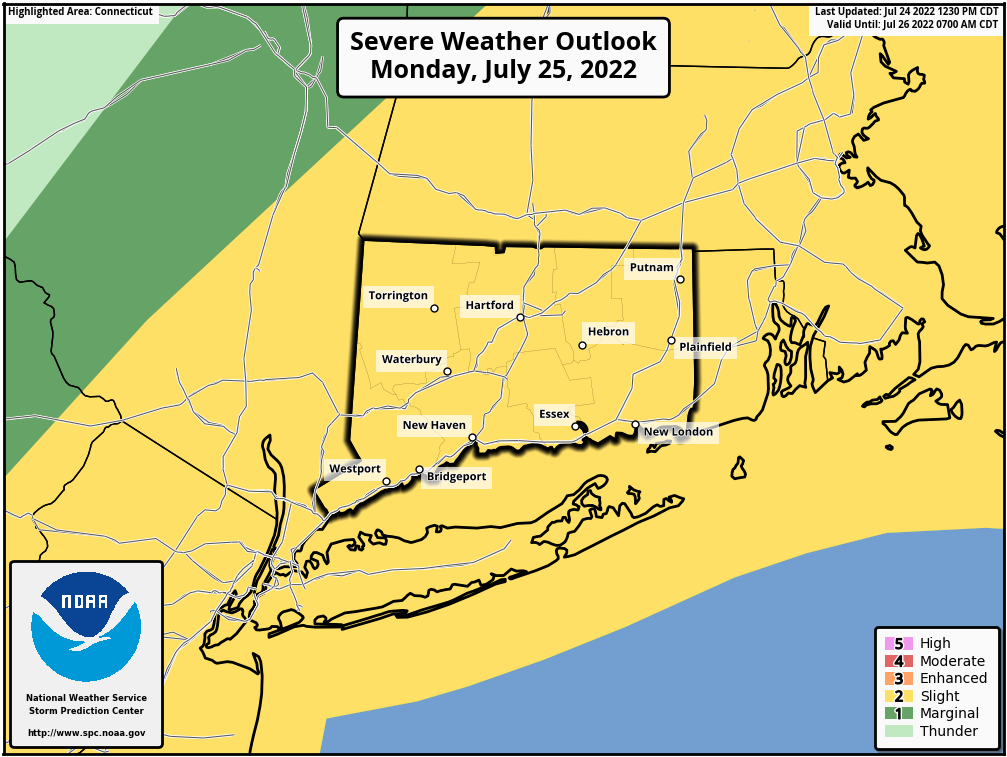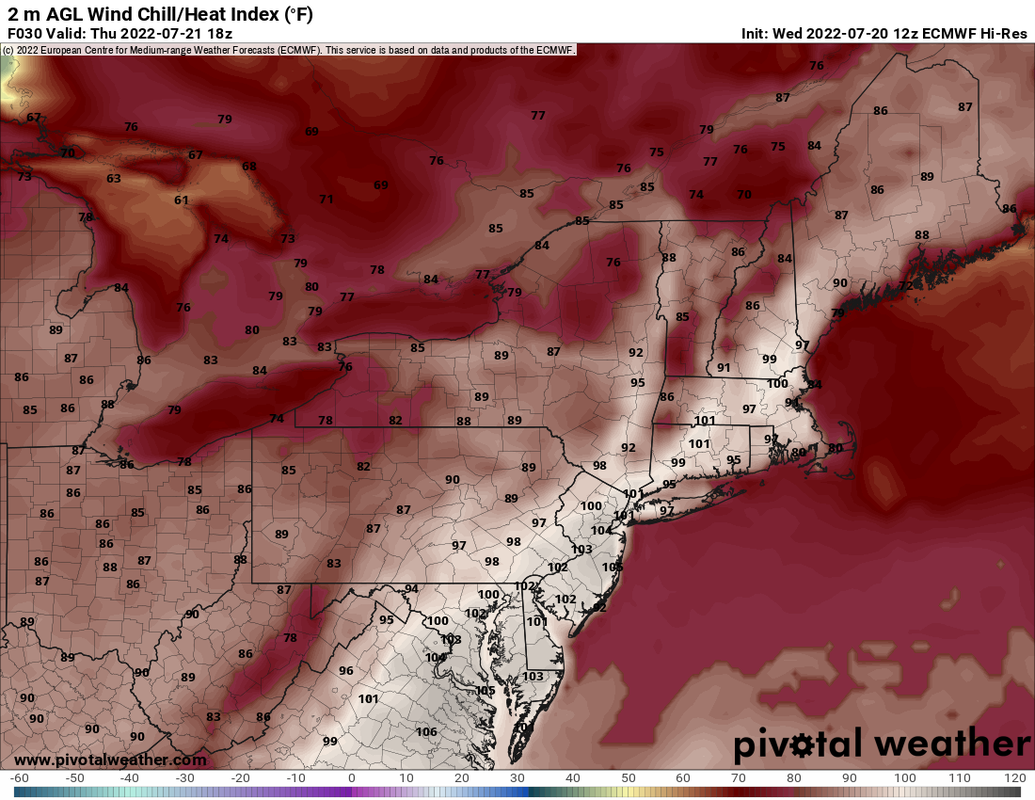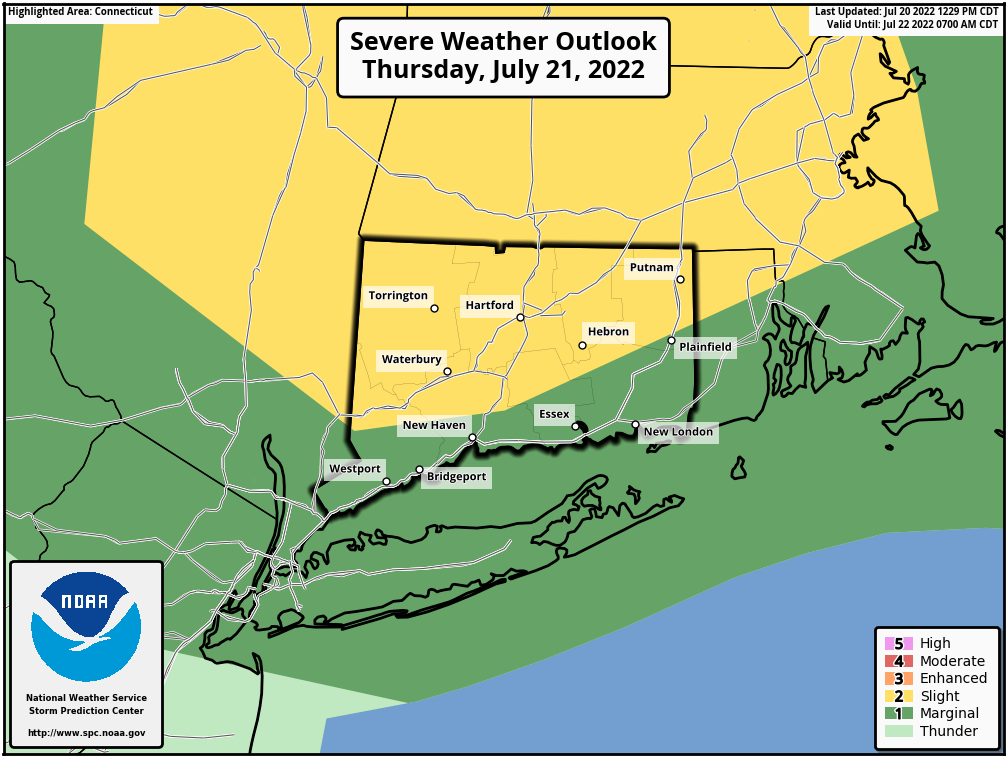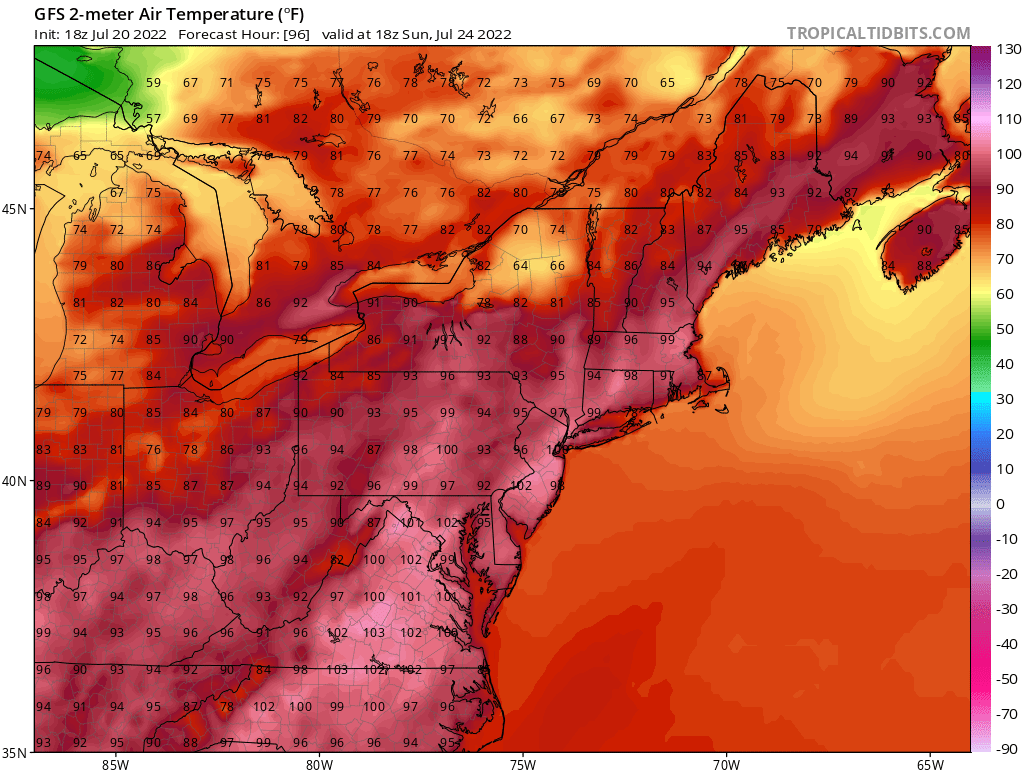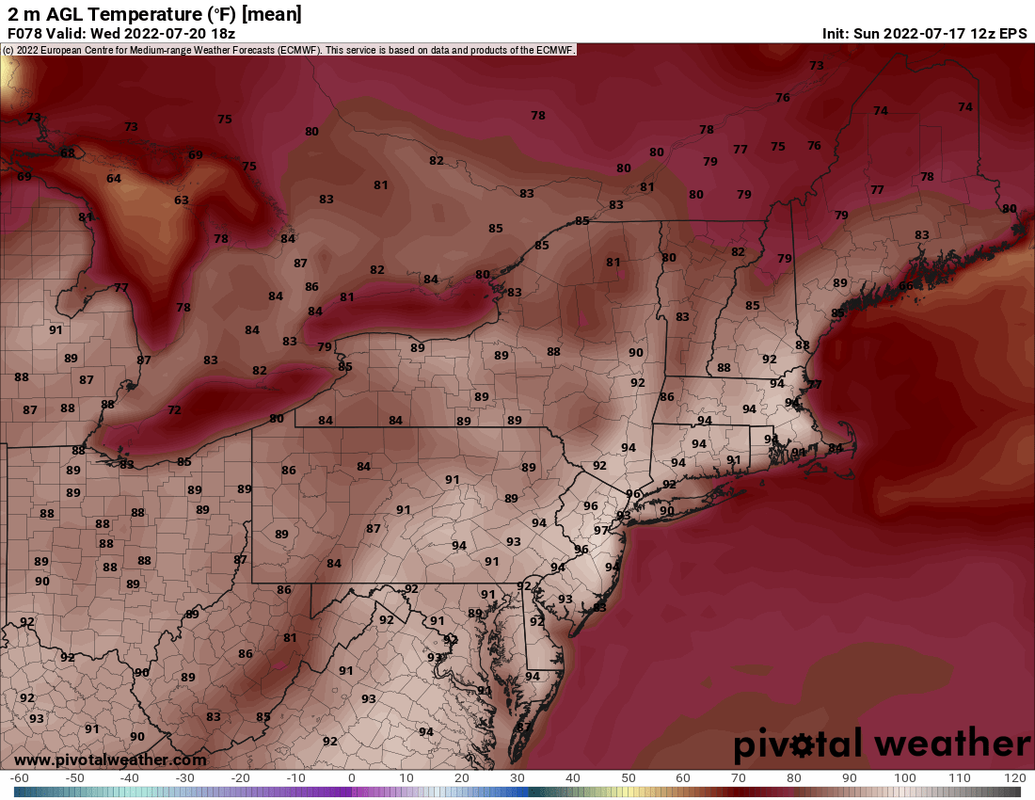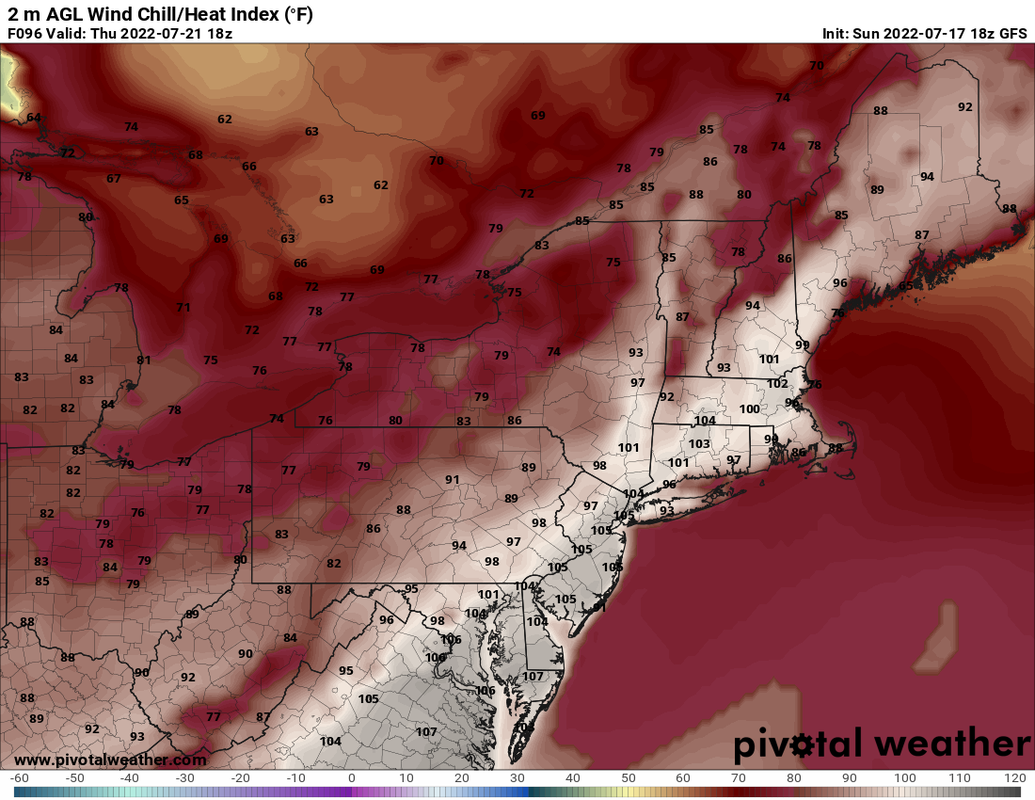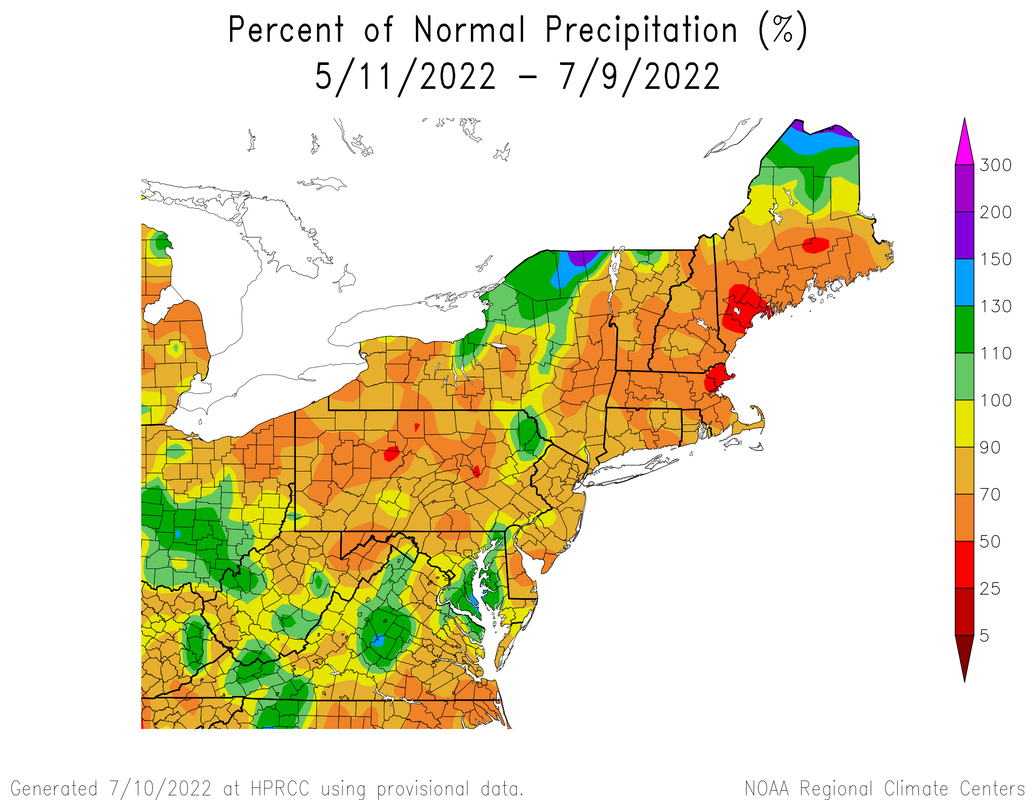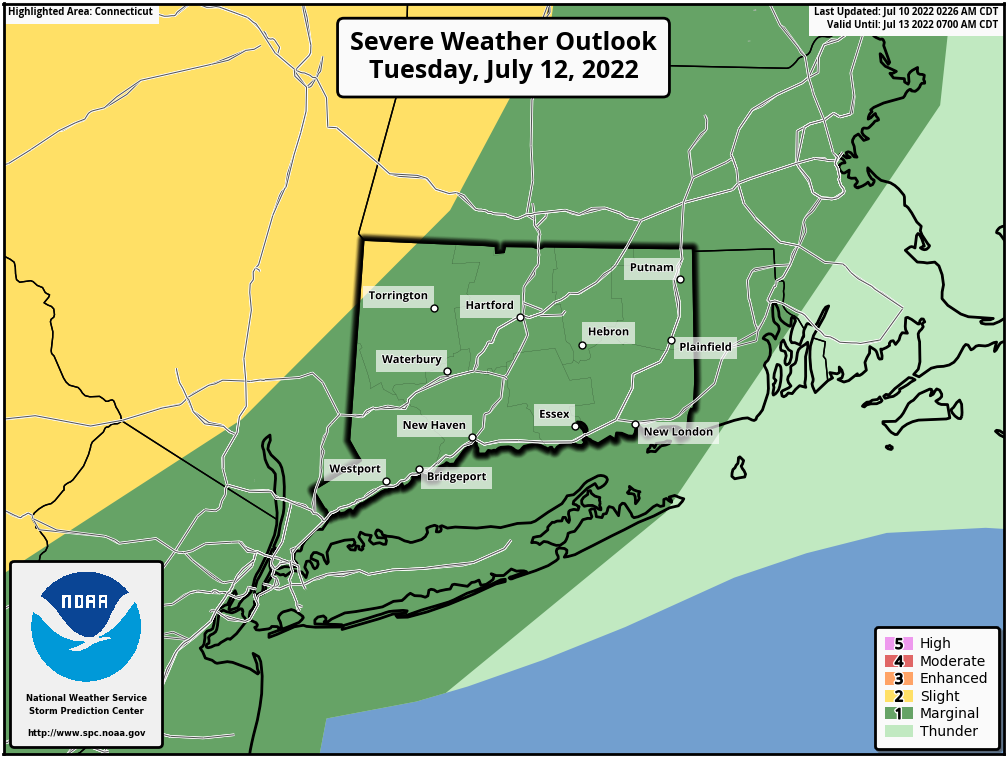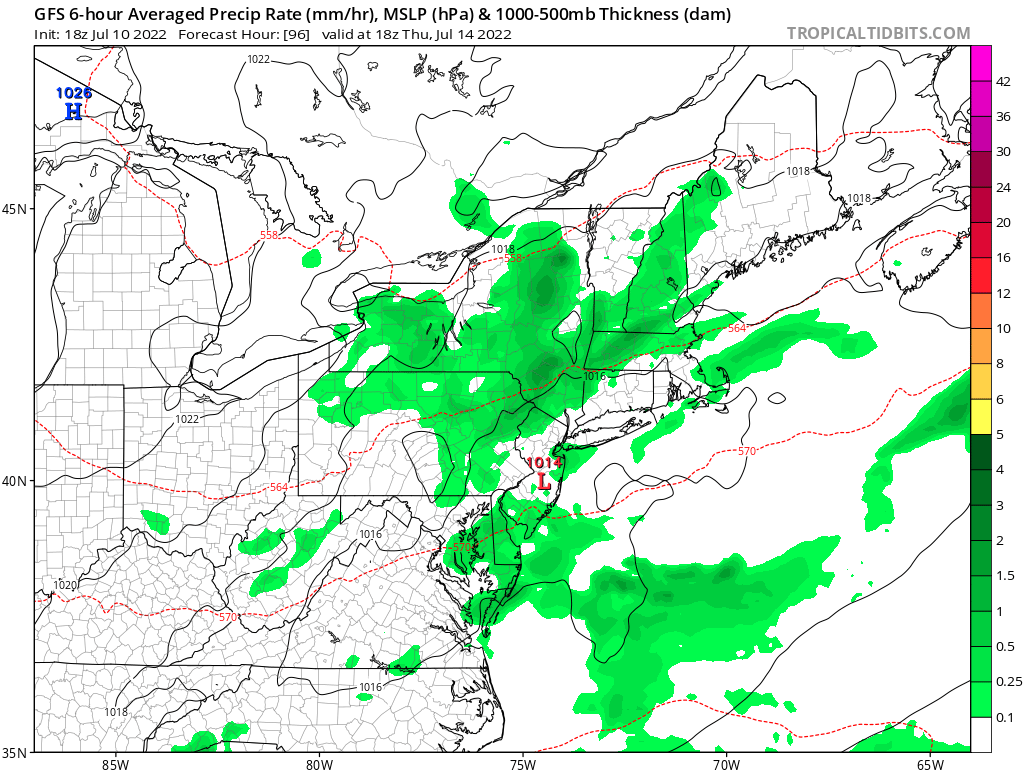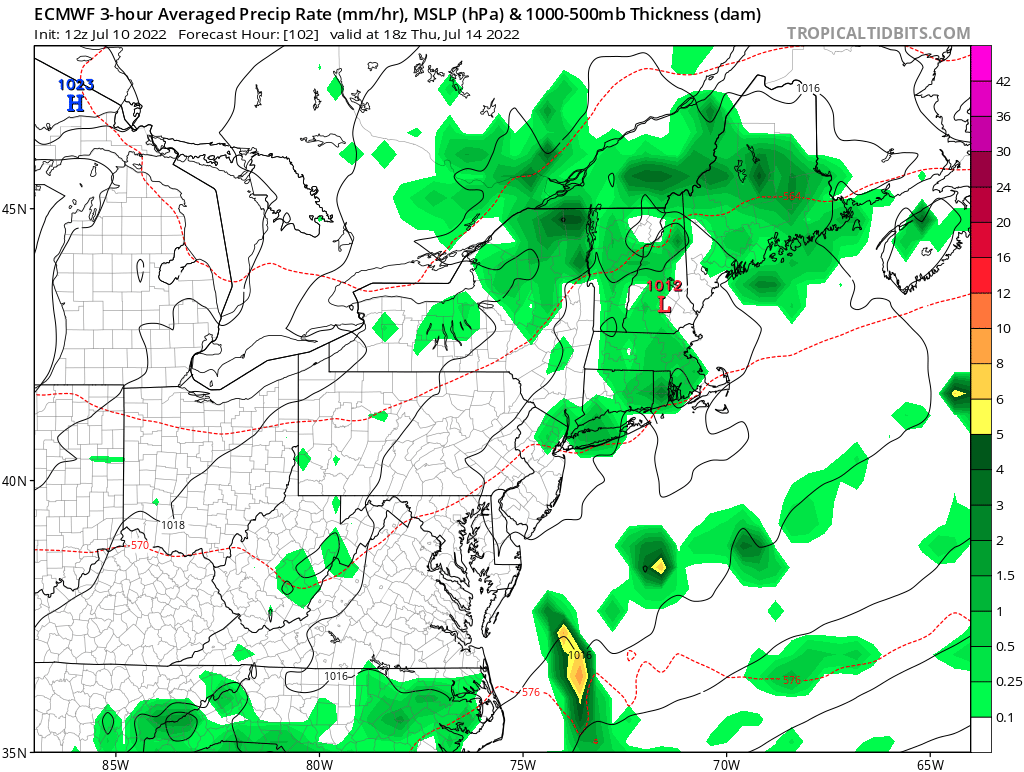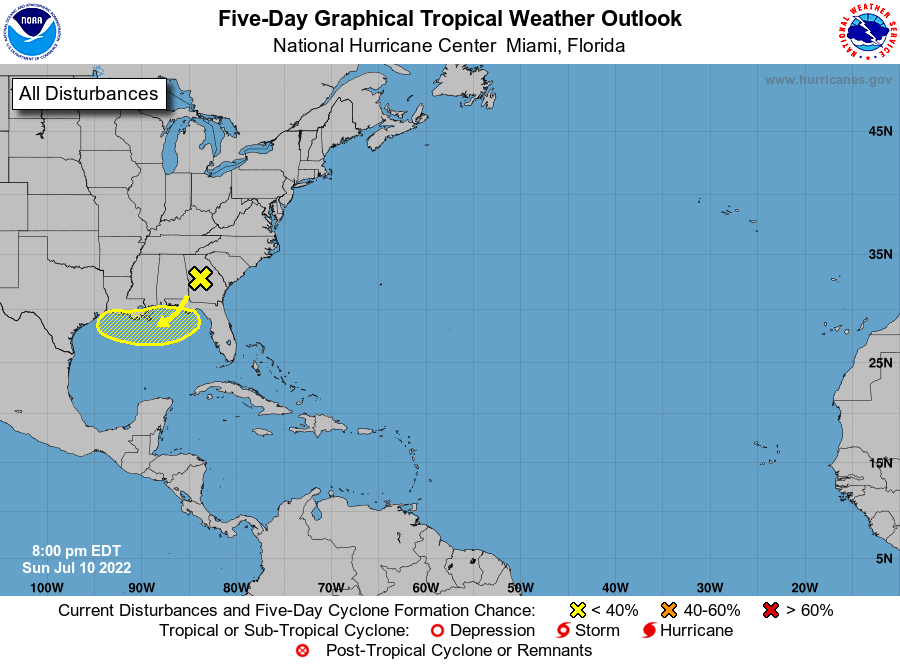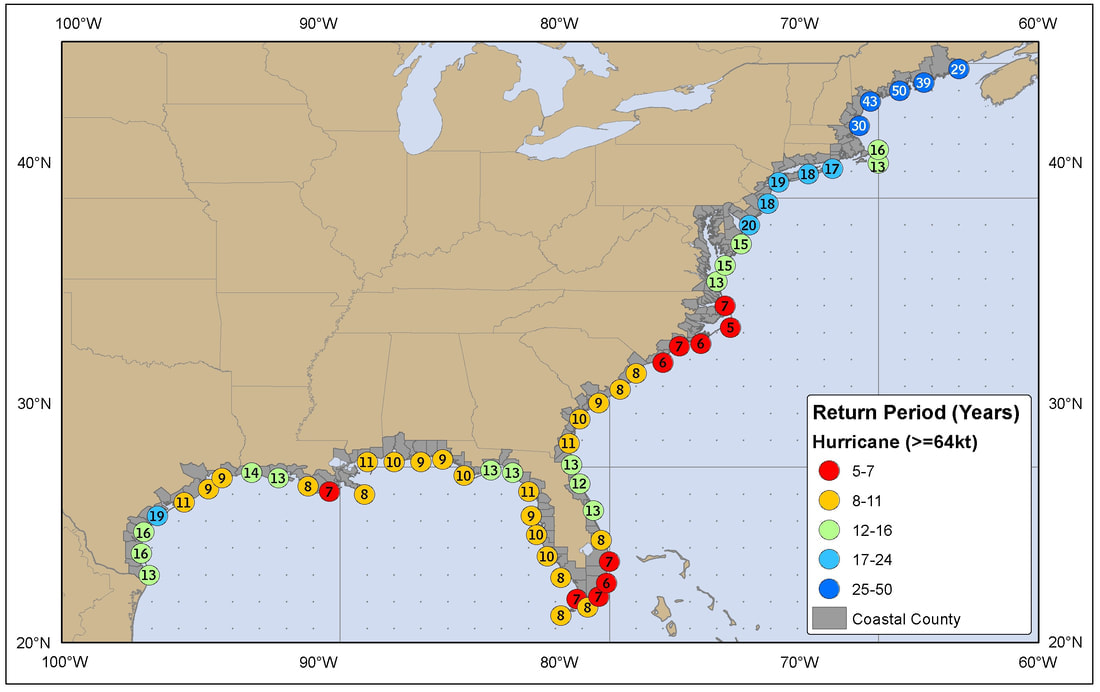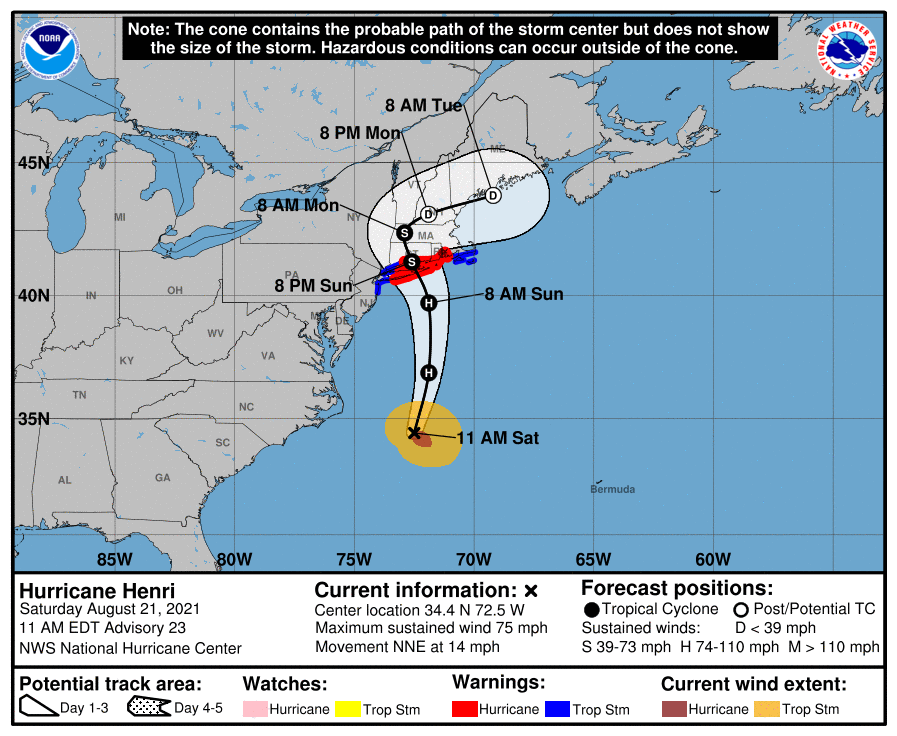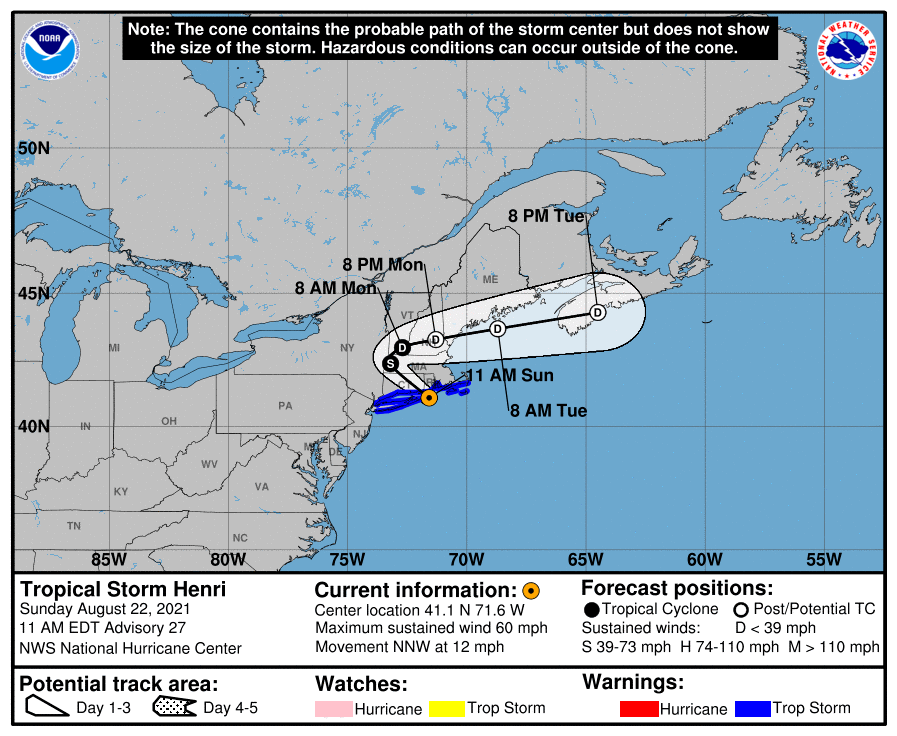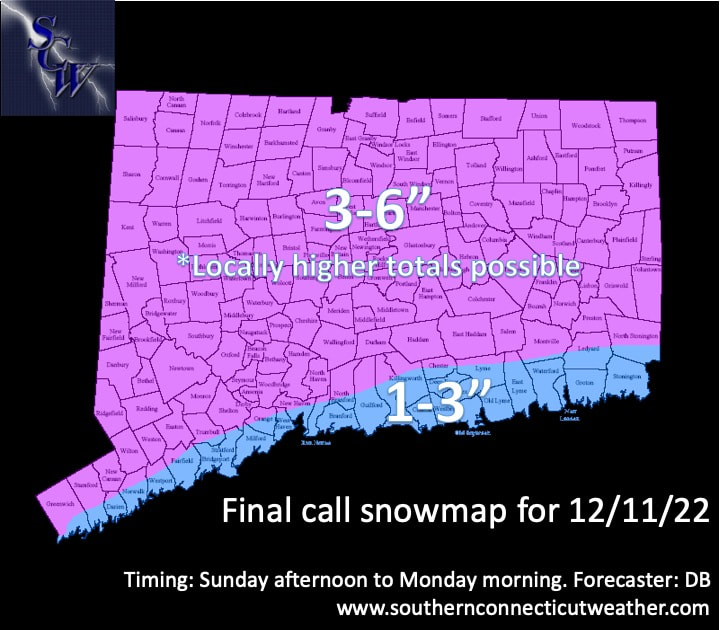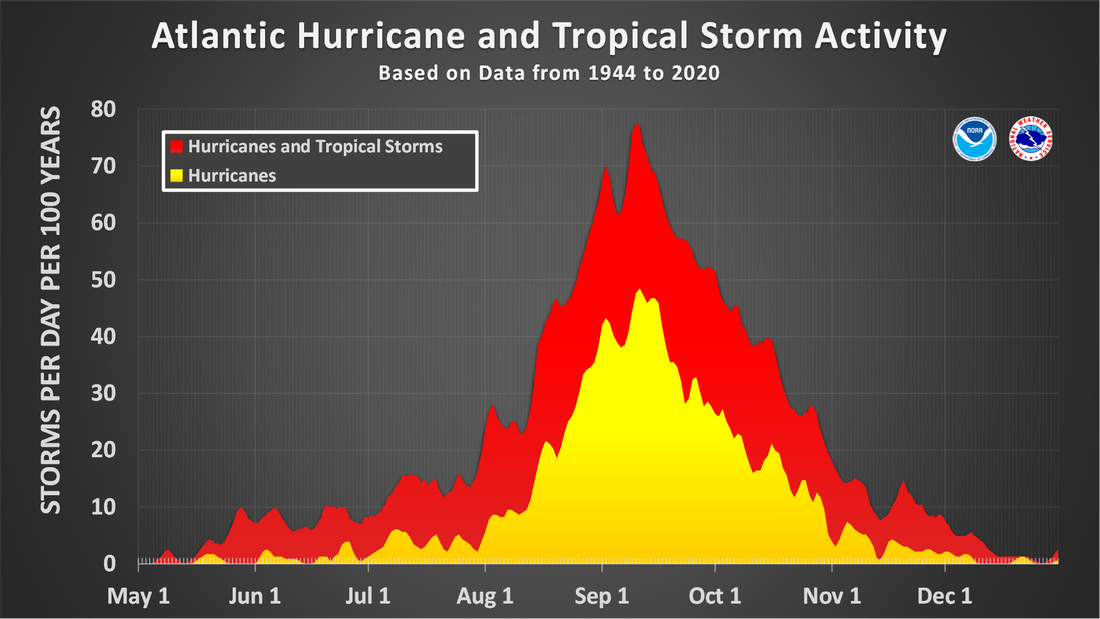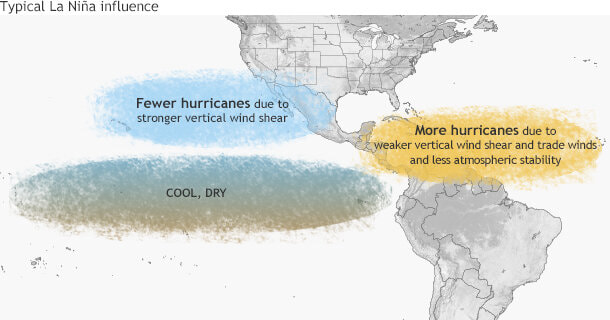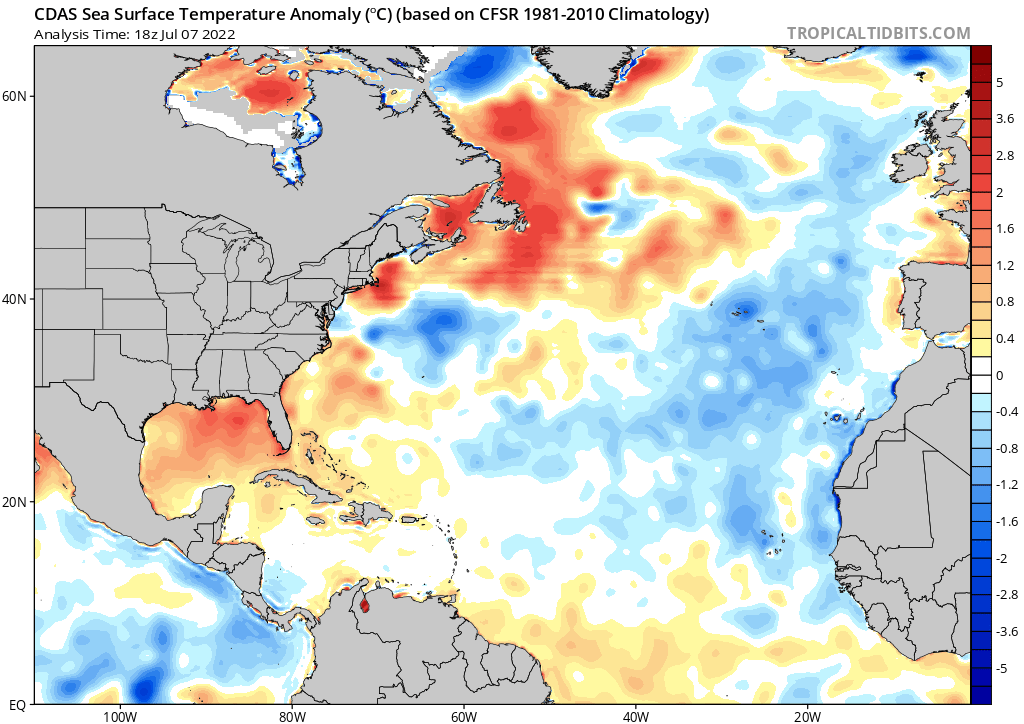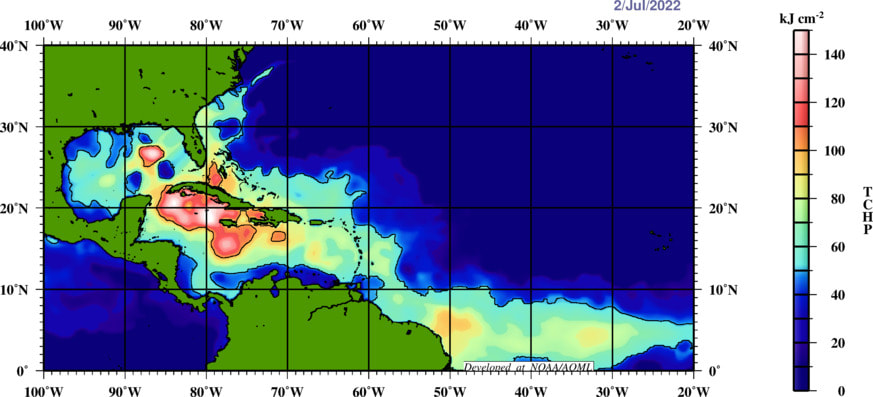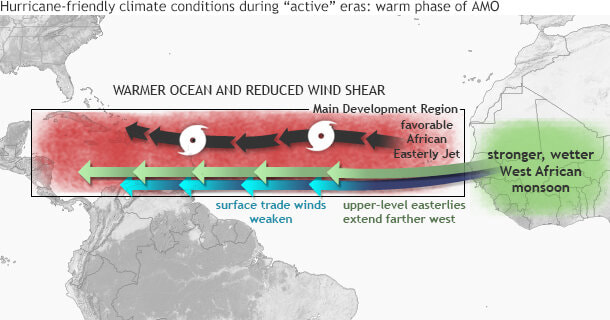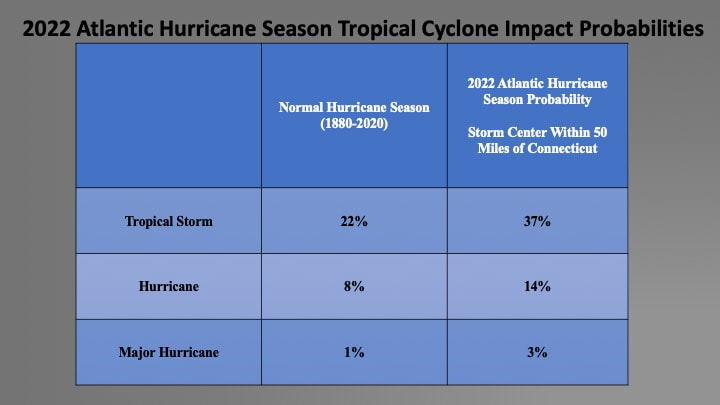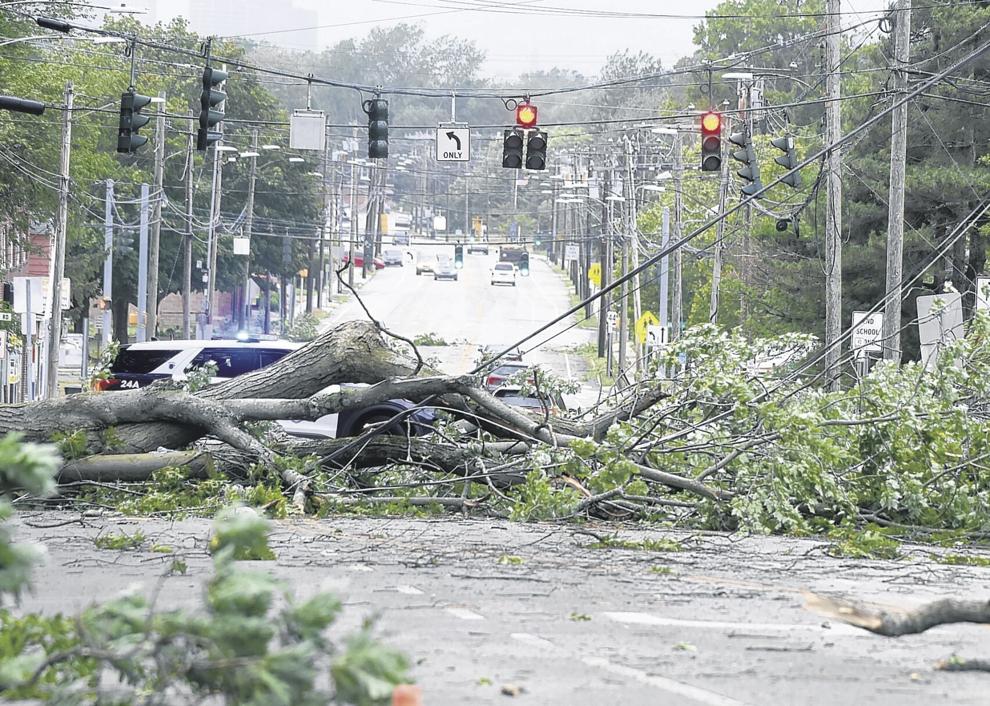After six days, the official heat wave is ending for many. Tomorrow will bring more humid conditions but lower temperatures, and it looks like only a few inland spots have a real shot at reaching 90 degrees and extending this heat wave to a full week, which is uncommon in New England.
Tomorrow will still be an oppressive day with heat indices in the 90s, and with legitimate potential for severe weather tomorrow we are declaring a SCW Period of Interest, which means we have growing confidence in a period of significant weather. Rather than post the standard weekly forecast, this discussion will mostly focus on tomorrow.
The Overview
You can already feel it outside this evening. The temperatures have come down, but humidity is rising. A lot. Think back to past heat waves: many of them broke with a front that brought strong storms. Although many won't hit 90 tomorrow, the airmass is still oppressive, and the change ushered in by the coming front will end the heat wave for all.
I will readily admit that I am still a little biased by Thursday, even though that was generally a good forecast. The worst of the severe weather was to our north as forecast and although we had severe storms bring damage to part of western CT, which is usually the favored area, despite a seemingly great environment the storms fizzled once they got to central CT. This was likely due to a left splitting supercell to the south of CT robbing the cells in CT of the ingredients needed to continue propagating east.
Every forecast is different however, and looking at the potential environment tomorrow, we have to take note at what's on paper.
The Ingredients
First, moisture. This one is an easy forecast as we already see the moisture building into the state in the form of high dew points. Tomorrow will be oppressive, and that's good for thunderstorm development. Even if the severe threat were to fall apart tomorrow, heavy rain would still be fairly likely, providing some needed rainfall to virtually every part of the state.
Second, shear. Another part of the forecast that seems easy, as we anticipate an uncommon level of wind shear on the order of 40 to 50+ kts according to the National Weather Service. That's more than enough for some organized storms. This also leads to heightened potential for low level spin, or higher helicity. That will open the door for supercells or rotating storms within a developing line in advance of the front.
Third, lift. There will be a front and a jet streak moving in. Plenty of lift means plenty of activity likely tomorrow. This is one of those times where it looks like everyone gets at least some rain.
Fourth, instability. If there's a place where the severe weather potential has a fly in the ointment, it's here. It's tricky too. We're likely to see some instability--it's hard to not have a couple hundred J/Kg of CAPE given the environment mentioned above, but with activity tonight and potential showers tomorrow morning in advance of the main line of storms we may have cloud debris that keeps us from getting sunny enough to really maximize instability.
That said, the high resolution models like the NAM, HRRR, and HREF (which is essentially an ensemble of convective models) all have some fairly significant destabilization taking place. The result is an active day statewide with scattered severe storms possible.
Bottom image: 00z HRRR depicting similar morning showers giving way to clearing and then a broken line of storms between approximately 3pm and 1am.
Neither will be spot on, but they help in narrowing the envelope of possibilities. The global models, for what it's worth, are more muted.
Ok, so what's the forecast?
Expect a hot and oppressively humid day tomorrow with highs in the mid to upper 80s at the shore and upper 80s to low 90s inland. Expect dew points in the low to mid 70s. We may see some clouds and showers early, followed by potential clearing in the early afternoon. How much clearing is critical to instability, but even without maximizing potential there, the other ingredients are enough for another active day in New England even if it's not severe weather.
Storms will begin to develop regionally in the early afternoon and while there may be some pop up storms in CT during that time, the main activity is likely to come from a line of storms forming to our northwest in New York and diving into the state.
Currently, I think everyone gets some rain as this should be a large line. We probably see widespread strong (non-severe) storms. Severe storms are probably scattered--as is usually the case not everyone sees truly severe weather but if you get it you know it.
Folks should be prepared for the main batch of storms between 2pm and 10pm from NW to SE, but I think this window will change (and narrow) a bit tomorrow as we see what's evolving.
As is usually the case with severe potential, we need to see what the environment is in the morning and as things are developing. Currently the main hazard is wind, but there is a chance of hail and an isolated tornado.
After the front, we go back to lower humidity levels and nice conditions Tuesday and Wednesday before the humidity creeps back up to end the week and into the weekend. No other heat waves in sight, though.
Keep an eye to the sky and radar tomorrow. SCW will be here with updates as conditions warrant.
As always, please like, share, and interact with us on our social media--on Facebook to share our discussions, and follow us on Twitter @southernctwx to retweet our posts. Hit the buttons below to join.
Thank you for reading SCW.
-DB
